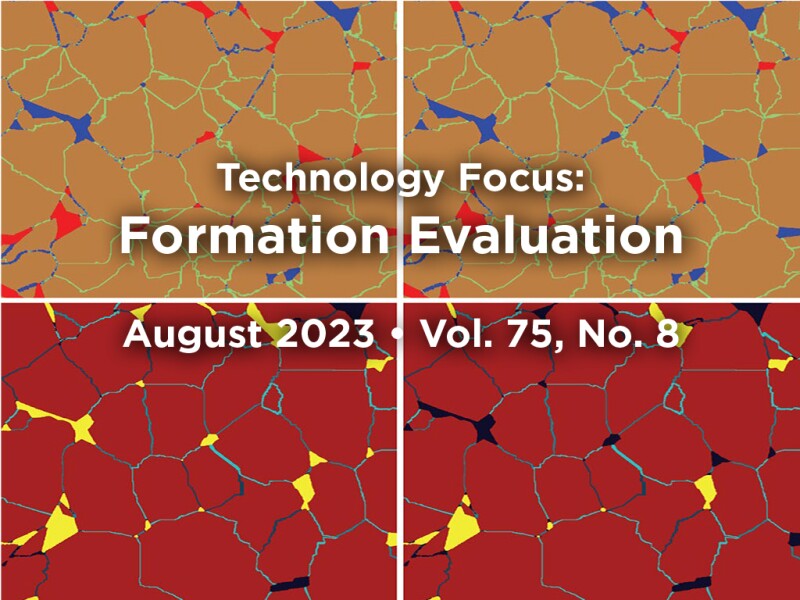Fractures, whether natural or hydraulic, serve as crucial pathways for fluid flow within rock formations. Because natural and hydraulic fractures are generated hundreds of meters underground, their parameters always seem to be a black box. Their influence on pressure propagation and well productivity, however, cannot be overstated. So how well are we doing in fracture evaluation and modeling?
Fracture evaluation can be regarded as an inverse problem, wherein the structural characteristics of a system are deduced based on input and output signals. Our objective is to ascertain the distribution, orientation, connectivity, and properties of fractures through the mathematical and physical methods applied to field data. Generally, we can use fracture-evaluation techniques such as surface tilt fracture mapping, downhole tilt fracture mapping, microseismic fracture mapping, tracer testing, temperature logs, production logs, borehole image logs, downhole video, caliper logs, production analysis, and well testing.
In parallel to fracture evaluation, fracture modeling assumes a computational approach to simulate fractures within subsurface reservoirs. We have various methodologies such as analytical, semianalytical, or numerical approaches to develop fracture models, including dual-porosity models, discrete fracture models, embedded discrete fracture models, and flow-net models. By means of fracture simulations, we can glean valuable insights pertaining to transient pressure behaviors, optimal production schemes, and estimation of ultimate recovery.
Despite the significant progress made, a gap still exists between theoretical advancements and practical field application in fracture evaluation and modeling, because underground fractures are often more complex than initially expected and nonunique solutions for fracture evaluation are commonplace. Thus, fracture evaluation and modeling represent complex and interdisciplinary fields, requiring expertise in geology, reservoir engineering, geomechanics, simulation, and related disciplines. We also need continuous research endeavors and advancements in fracture evaluation and modeling techniques to augment our understanding of fracture behavior and reservoir performance in the oil and gas industry, as demonstrated in the selected papers and recommended additional reading.
This Month’s Technical Papers
Multidisciplinary Integrated Approach Unlocks Fracture‑Characterization Ambiguity
Proxy Model Forecasts Production of Shale Wells With Complex Fracture Networks
Fracture Characterization Explores Potential of Phra Wihan Formation, Thailand
Recommended Additional Reading
SPE 212296 A Simple Analytical Model for Oil Production From Partially Fractured Reservoirs To Estimate Size of Finite Fracture Networks by Sait I. Ozkaya, Consultant
SPE 209624 A Flow-Net-Based Method for History Matching and Production Prediction of Shale or Tight Reservoirs With Fracturing Treatment by Hui Zhao, Yangtze University, et al.
SPE 209293 A Hybrid Embedded Discrete Fracture Model and Dual-Porosity, Dual-Permeability Work Flow for Hierarchical Treatment of Fractures in Practical Field Studies by Mun-Hong Hui, Chevron, et al.

Zhiming Chen, SPE, is a professor of petroleum engineering at the China University of Petroleum-Beijing. He holds a BS degree from Yangtze University and MS and PhD degrees from the China University of Petroleum-Beijing. In 2016–17, Chen was a visiting scholar at the Department of Petroleum and Geosystems Engineering at The University of Texas at Austin. His interests are well testing, numerical simulation, and CO2 sequestration, focusing on the development of unconventional reservoirs with multistage hydraulic fractures. Chen has authored and co-authored more than 30 technical peer-viewed publications. He is member of the Cedric K. Ferguson Medal Committee, the Reservoir Award Committee, and the 2022 International Petroleum Technology Conference SPE Subcommittee. Chen has served as associate editor for SPE Journal.

